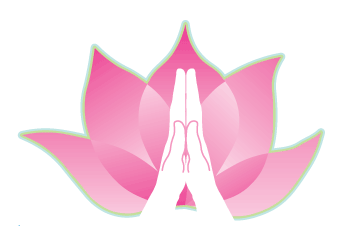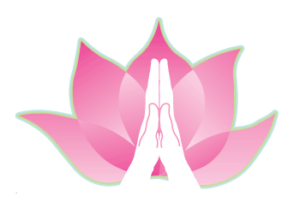Recently I was at Costco struggling to pull one of the super-sized carts from the other 20 carts crammed together in a row,  when I faintly heard, “take five deep breaths”. I thought I was hearing things and yanked the cart out and started walking into the store. “Hey, Stacy McCarthy, I know you heard that…” I turned around and it was a yoga student I hadn’t seen in a very long time, but he remembered my common breath cue stemming from my roots in Ashtanga Yoga. It was a sweet reminder of taking the power of our breath off the mat and out into our day. Breathing is massively practical. It’s meditation for people who think they can’t meditate.
when I faintly heard, “take five deep breaths”. I thought I was hearing things and yanked the cart out and started walking into the store. “Hey, Stacy McCarthy, I know you heard that…” I turned around and it was a yoga student I hadn’t seen in a very long time, but he remembered my common breath cue stemming from my roots in Ashtanga Yoga. It was a sweet reminder of taking the power of our breath off the mat and out into our day. Breathing is massively practical. It’s meditation for people who think they can’t meditate.
 when I faintly heard, “take five deep breaths”. I thought I was hearing things and yanked the cart out and started walking into the store. “Hey, Stacy McCarthy, I know you heard that…” I turned around and it was a yoga student I hadn’t seen in a very long time, but he remembered my common breath cue stemming from my roots in Ashtanga Yoga. It was a sweet reminder of taking the power of our breath off the mat and out into our day. Breathing is massively practical. It’s meditation for people who think they can’t meditate.
when I faintly heard, “take five deep breaths”. I thought I was hearing things and yanked the cart out and started walking into the store. “Hey, Stacy McCarthy, I know you heard that…” I turned around and it was a yoga student I hadn’t seen in a very long time, but he remembered my common breath cue stemming from my roots in Ashtanga Yoga. It was a sweet reminder of taking the power of our breath off the mat and out into our day. Breathing is massively practical. It’s meditation for people who think they can’t meditate.Yogis use a wide variety of breath control techniques called pranayama, to promote concentration and improve vitality. As a way to reach enlightenment, Buddha advocated breath- meditation. Science is just beginning to provide evidence to what yogis have known for centuries, that the benefits of a breathing practice are real. Studies have found, for example, that breathing practices can help reduce symptoms associated with anxiety, insomnia, post-traumatic stress disorder, depression, and attention deficit disorder.
How controlled breathing promotes healing remains a source of scientific study. Dr. Richard Brown, an associate clinical professor of psychiatry at Columbia University wrote the following in his book, ‘ The Healing Power of the Breath’.
“One theory is that controlled breathing can change the response of the body’s autonomic nervous system, which controls unconscious processes such as heart rate and digestion as well as the body’s stress response.”
“Consciously changing the way you breathe appears to send a signal to the brain to adjust the parasympathetic branch of the nervous system, which can slow heart rate and digestion and promote feelings of calm as well as the sympathetic system, which controls the release of stress hormones like cortisol.”
“Consciously changing the way you breathe appears to send a signal to the brain to adjust the parasympathetic branch of the nervous system, which can slow heart rate and digestion and promote feelings of calm as well as the sympathetic system, which controls the release of stress hormones like cortisol.”
Try it yourself. Take a 4 count breath in, hold four counts, exhale four counts and hold four counts. Repeat five times. This practice is so simple and yet so profound.
Next time you feel yourself anxious or stressed, just like I remind my students, who catch me off my mat and in return remind me, Take Five Deep Breaths.
Namaste ~ Stacy
“The main objective of Sirsasana (headstand) and Sarvangasana (shoulder stand) are not merely to arrange for a copious supply of blood to the head and upper body but also to slow down the respiratory rate. When Sirsasana has been sufficiently mastered, the breathing rate which normally is about 15-18 a minute, automatically comes down to four a minute. The aim should be to reduce it to, two per minute. Thus at this rate, 24 rounds of breathing in Sirsasana will take 12 minutes”. Krishnamacharya 


